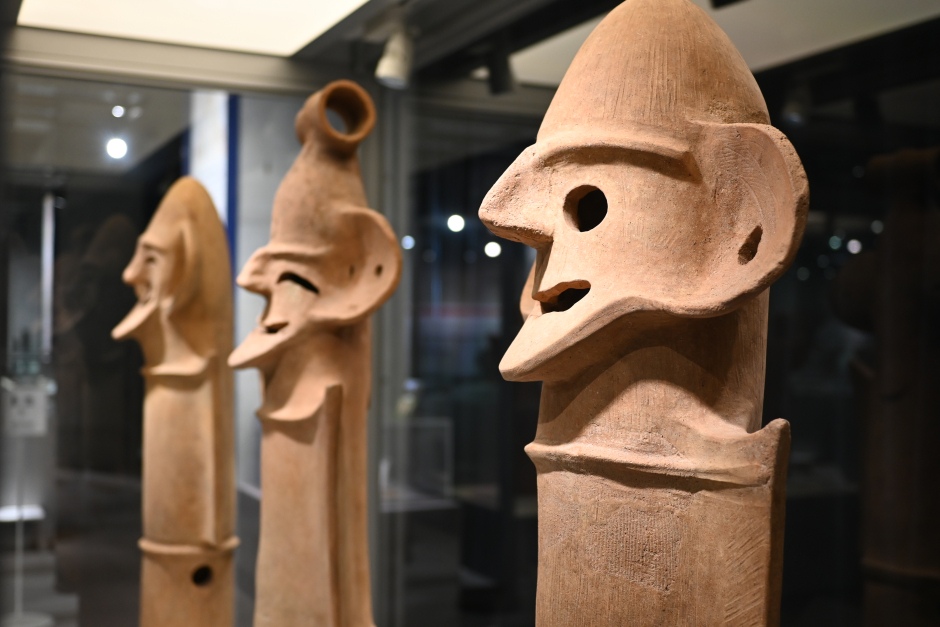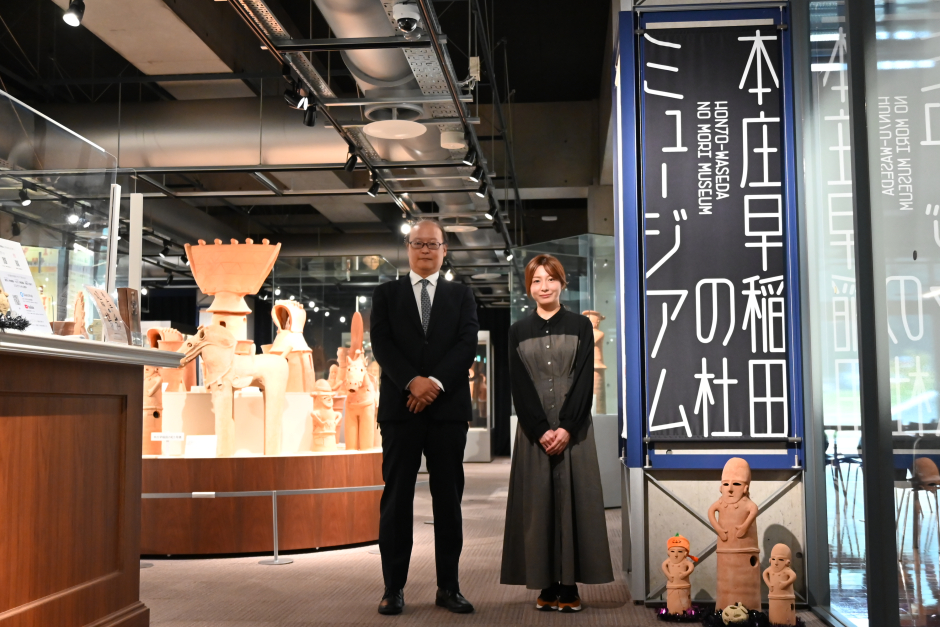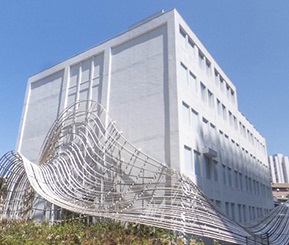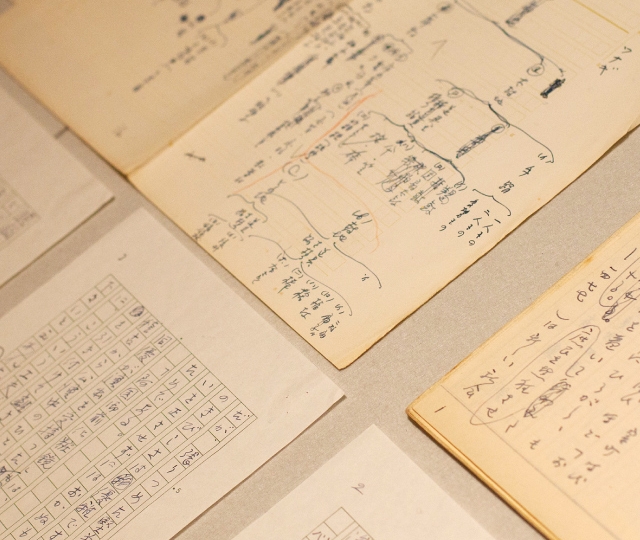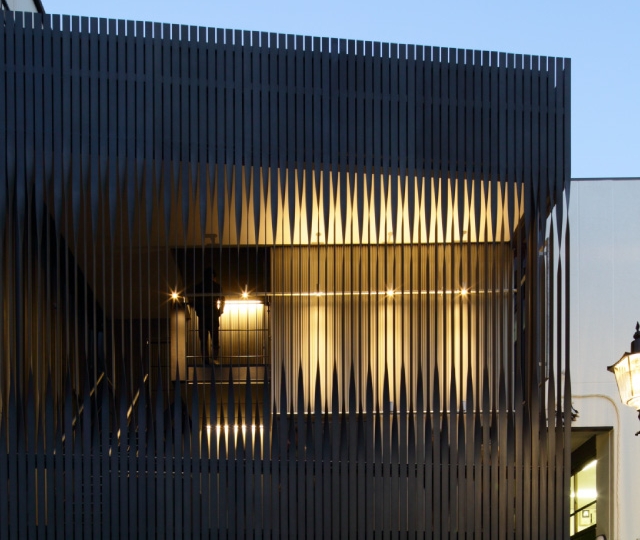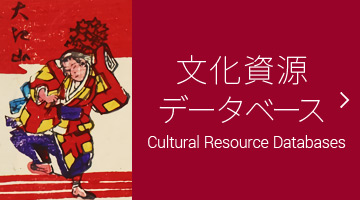- Featured Article
Rena Ichiki and Ryuichi Kodama Speak on the Joy of Performing Arts/ Commemorating the 5th Anniversary of the Opening of the Honjo-Waseda no Mori Museum
Fri 21 Nov 25
Fri 21 Nov 25
On 11 October 2025, in celebration of the 5th anniversary of the opening of the Honjo-Waseda no Mori Museum, a special event titled “The Charm of Performing Arts – The Joy of Kabuki, Theatre & Film” was held at the Toryo Hall on the Honjo Campus. The speakers were a former student of the Waseda Honjo Senior High School and Nippon TV newscaster, Ms. Rena Ichiki, and Prof. Ryuichi Kodama of the School of Letters, Arts and Sciences, Director of the Tsubouchi Memorial Theatre Museum at Waseda University, who also served as supervising editor of the recent film Kokuho.
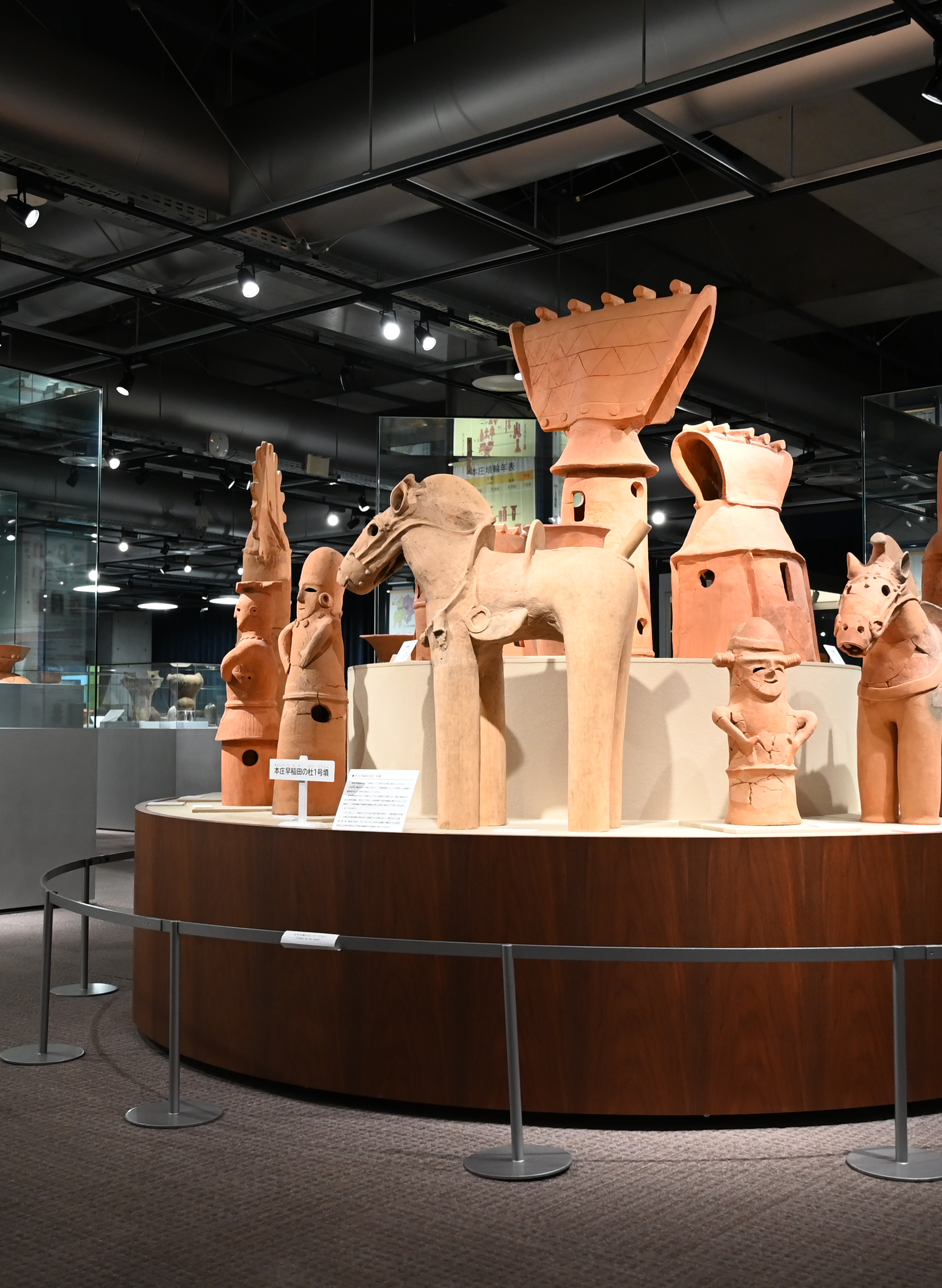

A cultural hub rooted in the local community

The Honjo-Waseda no Mori Museum is a jointly operated cultural facility established through collaboration between Honjo City and Waseda University. In addition to various haniwa figures and archaeological materials excavated in the Honjo Kodama region — spanning from the Paleolithic period through modern times — it also exhibits valuable cultural assets held by Waseda University. Since its opening in 2019, it has been active as a base for linking the local community and university knowledge, transmitting the power of learning and culture into the future.
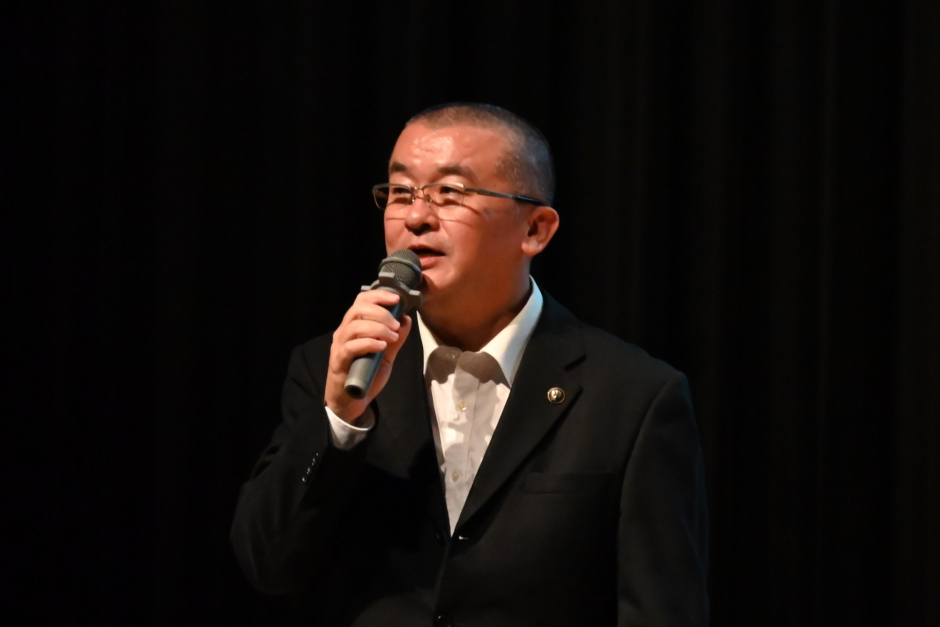
At the event’s opening, Honjo City Mayor Shinge Yoshida, who is also a graduate of the second class of Honjo Senior High, took the stage. Looking back at the museum’s path to opening, he remarked, “In these five years, we have welcomed over 90,000 visitors, and we expect to reach 100,000 around February next year. We hope many more people will come to enjoy the museum going forward.”
Visiting their alma mater for a “teacher-student” dialogue
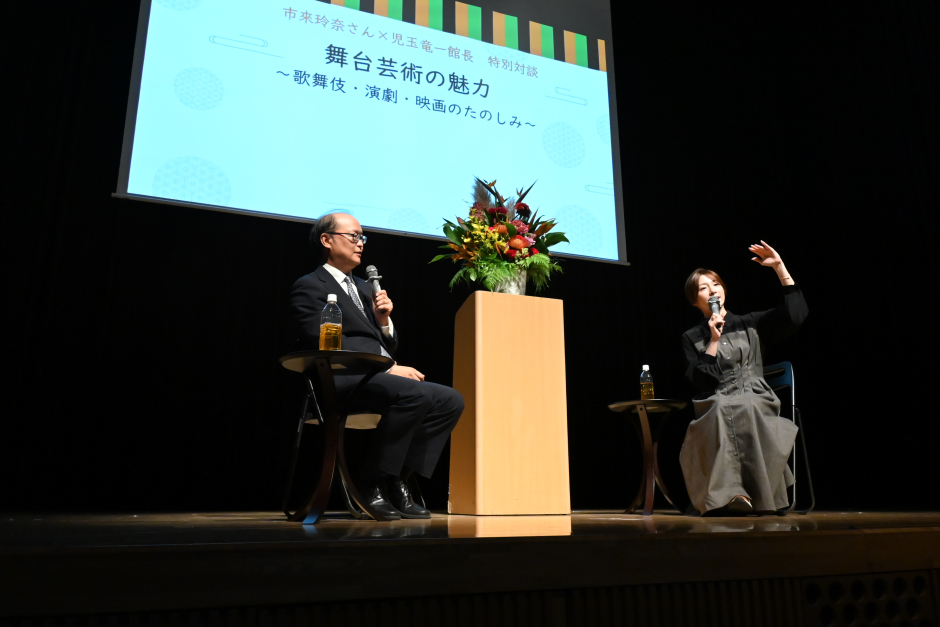
Professor Kodama specializes in Kabuki research and critique and has served as president of the Kabuki Society of Japan. Ichiki said she was drawn into the world of kabuki after taking Prof. Kodama’s class while she was a student at Waseda. This event was, for her, also a return visit to her alma mater. When the two took the stage prompted by the moderator, the audience greeted them with warm applause.
Ichiki shared, “Visiting again after a long time, I was surprised how much the facilities have changed. When I was attending, the Honjo Campus was truly a green forest — in autumn you could even hear the insects calling in the quiet environment.”
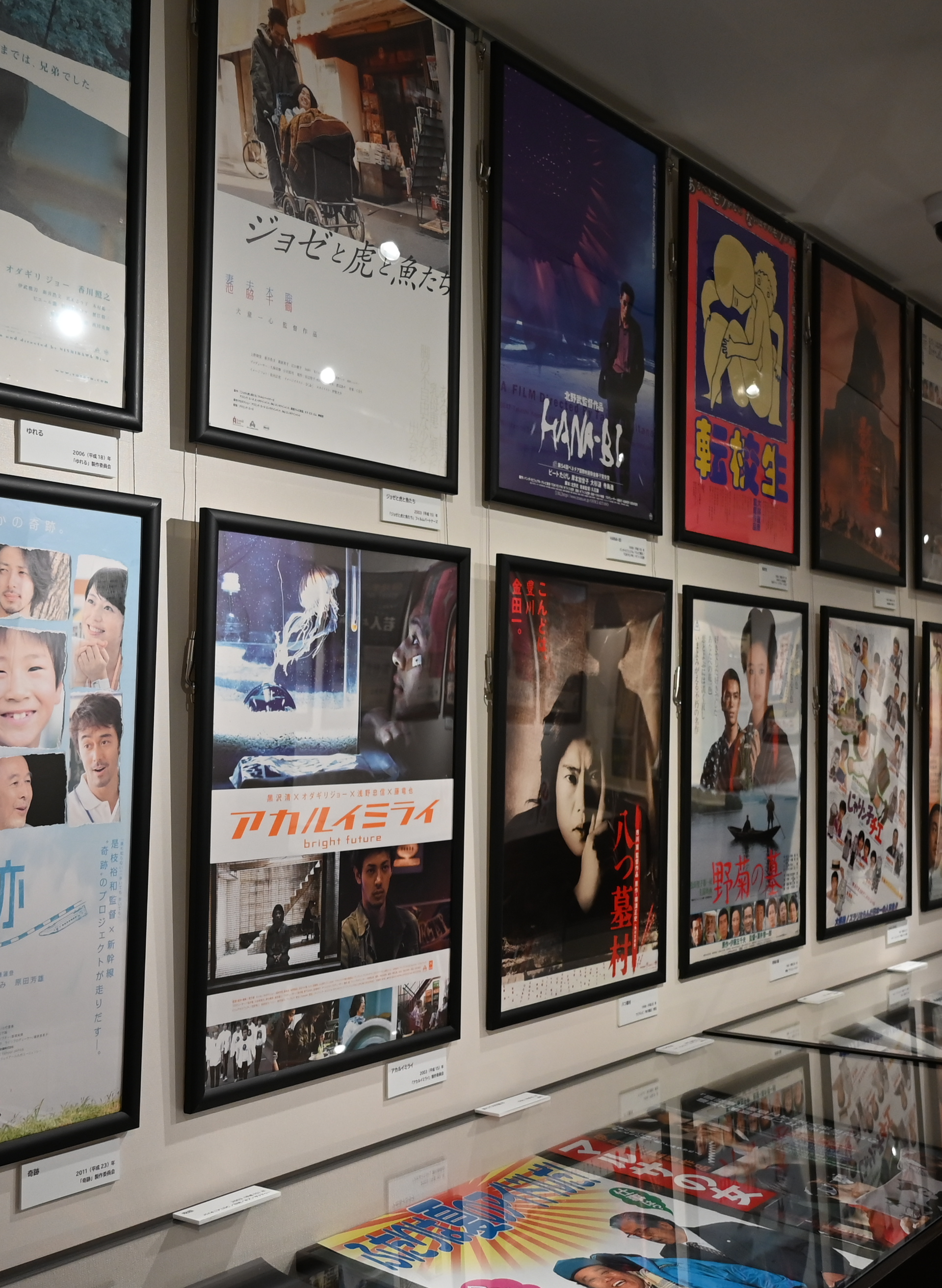


Prior to the discussion, the two toured the museum’s exhibits together. They viewed, among other items, the “Laughing Haniwa” — a symbol of Honjo City and the model for its mascot character Hani-Pon — as well as haniwa and other excavated pottery from the Honjo Kodama region. The duo also visited the Theatre Museum’s travelling exhibition “100 Years of the Showa Era: Theatre & Film Poster Exhibition” being held at the museum. Prof. Kodama called it “a comprehensive exhibition spanning not just Japanese, but also Western theatre and film, allowing you to survey stage arts from ancient to modern times. I believe audiences of any generation will find it nostalgic and enjoyable.”

The path into show business—its origin in ballroom dance

Here the discussion shifted to Ichiki’s journey into the entertainment industry, with Prof. Kodama in the role of interviewer. She revealed that her origin was ballroom dancing from elementary school, in which she competed as a representative of Japan.
Ichiki:
“There were very few elementary schoolers doing ballroom dancing, especially at competition level. But since the people doing it were serious, we faced many strong opponents and the competition was tough. After entering high school, I intended to continue, but my partner dropped out due to the entrance exam, so I retired from competitive dancing to focus on my exam preparations.”
After advancing to Waseda Honjo Senior High in 2011, Ichiki began her career as a member of the first generation of the Japanese idol group Nogizaka46.
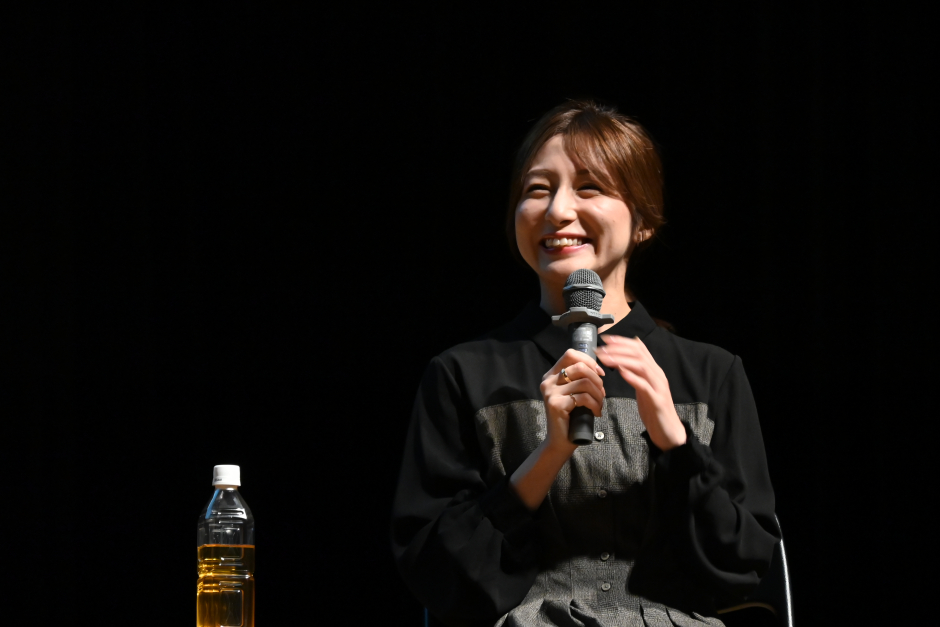
Regarding the reaction from her peers at the time, she said:
“I auditioned in the summer holiday of the year I entered school. I really didn’t know much about the entertainment world, and I jumped in, so I was nervous about what people would say when the semester started. But everyone told me ‘Congratulations’, and that support carried me. It made me realize again that I was glad I attended this school. My classmates even came to handshake events for me, which made me very happy.”
A shocking encounter with kabuki
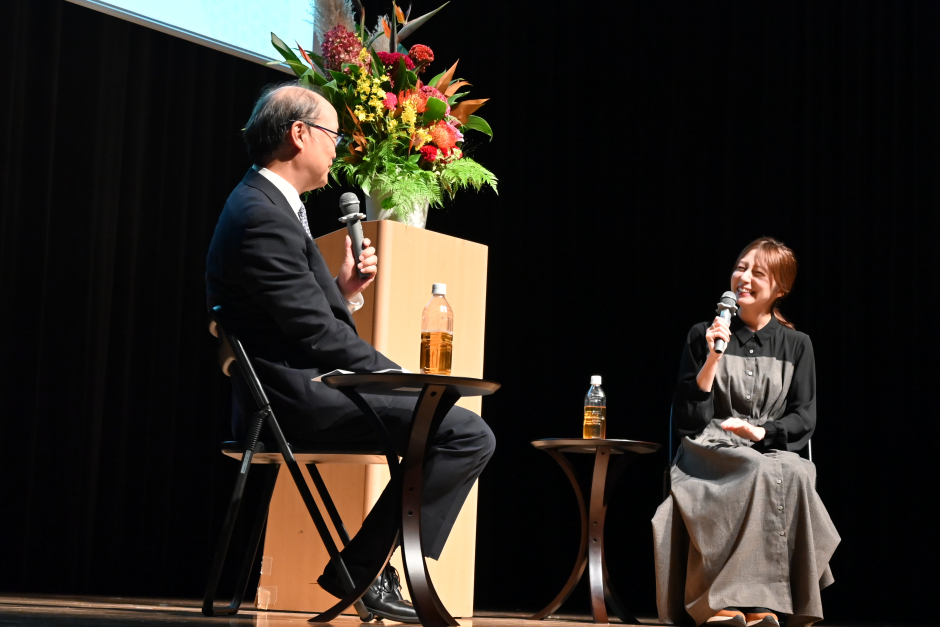
Ichiki:
“Later in 2014 I entered the School of Letters, Arts and Sciences at Waseda. From my second year I really wanted to major in theater and film, so I graduated from Nogizaka46 in my first year to focus on academics. Since I’ve always liked dance and other performing arts, and since I loved going to see stage productions, I strongly felt I wanted to attend a place where I could learn performance and theater in depth.”
Prof. Kodama:
“I heard that after you left Nogizaka46, the group performed live at the Waseda Festival and spotted you in the audience and pulled you onto the stage to dance and sing—that was a nice story. It reminded me of the anecdote of the 5th generation Ichikawa Danjūro who, declaring ‘I am an amateur,’ stepped on stage to support his young grandson (the 6th gen.). When did you become interested in kabuki?”
Ichiki:
“It was through you, Prof. Kodama — I was completely drawn in. It was a shocking encounter. The first time I saw kabuki was at the Kabukiza Theatre doing the ‘Kangen Byakko’ performance by Ichikawa Ebizo (now Danjūro) & Kangen Kun. I cannot forget the shock I felt then: so beautiful, delicate, ephemeral, yet in some way burning with passion, I felt as though I was witnessing it live.
The trigger was the lecture you taught,” she continued. “At first the terminology was too hard, and I was like, ‘What’s going on? What does this mean?’ But the more I listened, the more I thought, ‘Wait just a minute—this is interesting. If I don’t see this live, will I be missing something in my life?’ I went to the Kabukiza Theatre. Since then, I go almost every month.”
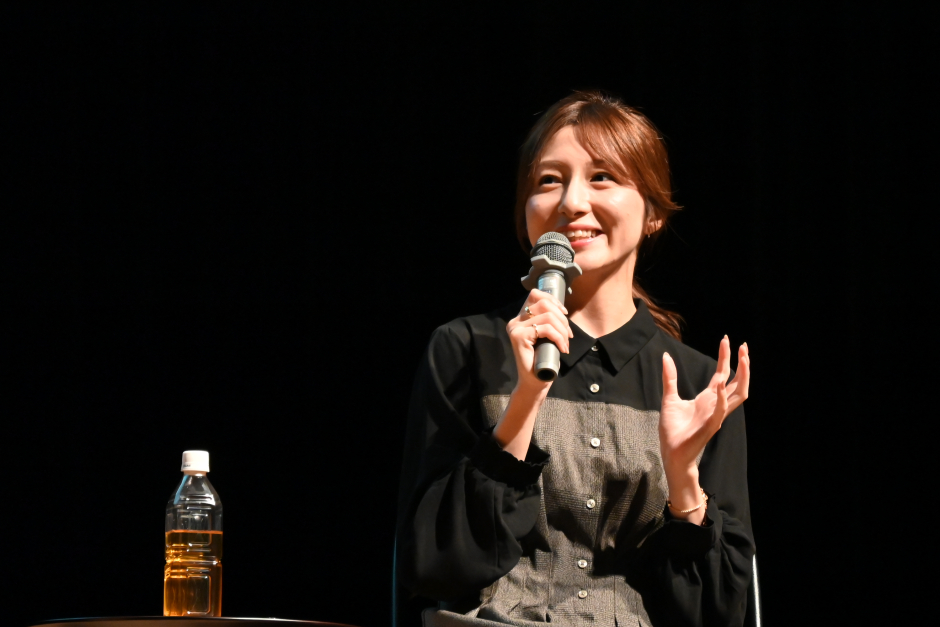
Prof. Kodama:
“By watching kabuki like that all these years, it’s gradually turned into part of your work too, and you’ve even been interviewed by various people, right?”
Ichiki:
“From my first year after joining Nippon TV, I was doing entertainment-related interviews as the culture correspondent on the program “news zero”. I often talked within the company about how much I love kabuki, so when it came time for me to leave the program, the staff kindly took that to heart and gave me the chance to cover kabuki for the first time in 2019. That connection has continued ever since, and now I’m releasing a YouTube series called Rena Ichiki’s Kabuki Hanaemi, where I interview actors and continue reporting on kabuki.”
From the film “Kokuho” widening the scope of kabuki
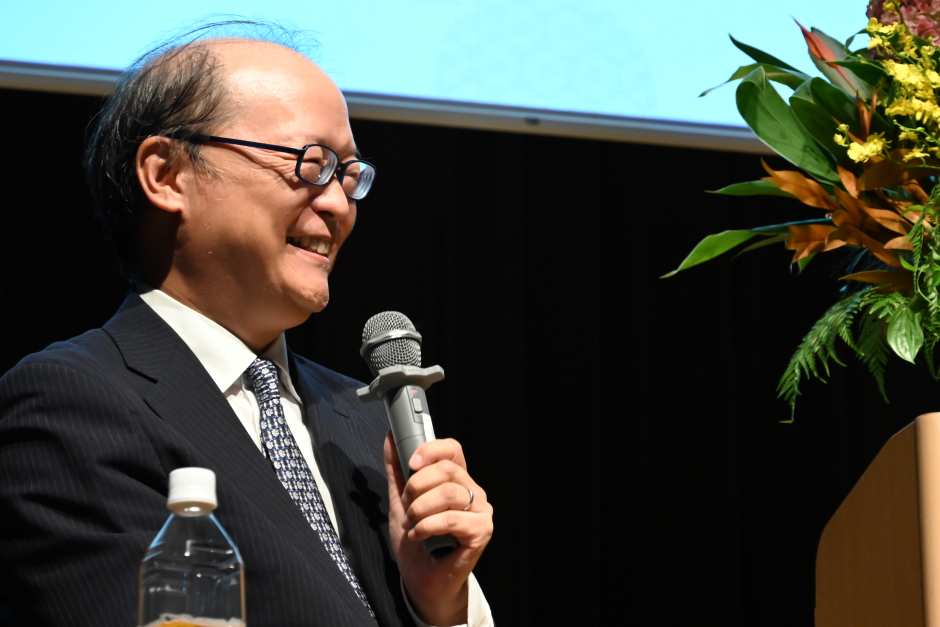
As their passion for kabuki swelled, the conversation turned to the hit film Kokuho. Prof. Kodama supervised the original novel for the film.
Prof. Kodama:
“Yoshida Shūichi’s novel Kokuho, which was serialized in the Asahi Shimbun newspaper, came to me first as a Word document draft manuscript. I checked the names of real-life persons and historical facts, and sometimes the story included fictional works or settings. To avoid hindering the author’s imagination, I consulted with Yoshida-san and we worked over one and a half years to advance the project.”
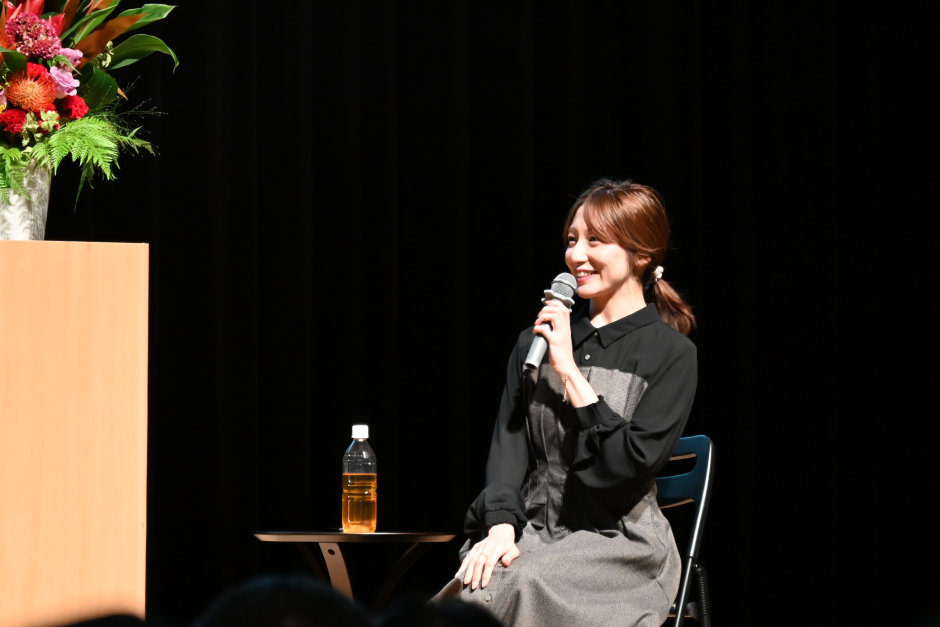
Ichiki:
“I wanted to ask you this, Prof. Kodama: having such deep knowledge of kabuki and relationships with actors, when you saw the film Kokuho, what was your impression?”
Prof. Kodama:
“A film that depicts the behind-the-scenes of kabuki actors, even into their family life, is perhaps unprecedented. Although the storyline of actors wandering and returning, or risking their lives for their role, is not entirely new, what perhaps is new is the filming from behind the actors as they step forward, or the immersive sense of the theatre space that is ‘something you should watch on the big screen’. I think that word-of-mouth grew around that. At Kabukiza you now often see audience members who are clearly visiting for the first time.”
Ichiki:
“I had a chance to interview Yoshizawa Ryo and Yokohama Ryūsei who appeared in the film, and heard how intensive the long rehearsals were, and how they supported each other on set. A piece into which they poured their souls was spread out in the world, and it reached the kabuki world too. When I asked Bando Minosuke and Onoe Ukon after the film, they said ‘Wow, amazing.’ The film depicts personal relationships around the protagonist. So I hope people will also come to see the props, stage sets, and the beautiful kabuki style at the Kabukiza Theatre. When I heard that, I thought kabuki could resonate ever more with various generations.”
On that day the museum extended its opening hours. After the duo’s passionate talk about kabuki, many visitors took their time viewing the “Laughing Haniwa” and the film- & theatre-poster exhibition before heading home.
